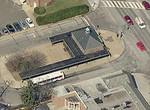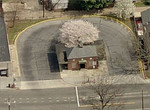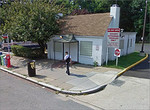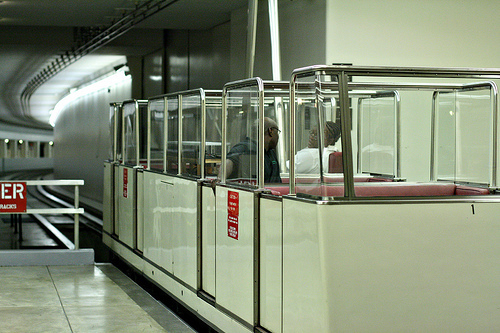Check out hidden transportation gems in our region
Just about everyone knows about the Washington Metro and Beltway, but those well-known structures only scratch the surface of interesting infrastructure in our region. Here is a list of some fascinating, but oft-forgotten, pieces of Washingtonia. Each link provides additional information, including pictures:
The Capitol Subway: Metrorail isn’t the only subway system in Washington. Under Capitol Hill three subway lines emanate like rays out from the Capitol building, carrying Congresspeople and their staff members to and from the various Congressional office buildings.
The first line, to the Russell Building, opened in 1909, with lines going to the Hart, Dirksen, and Rayburn buildings opening between 1960 and 1982. The secret subway isn’t really a secret, and although it’s not open to the public, visitors can catch a ride if they arrange one with their Congressperson.
The Aqueduct Bridge: Non sequitur though it may be, there was indeed once a bridge that carried boats over the Potomac.
It opened in 1843 and was called the Aqueduct Bridge. It ran from the C&O Canal in Georgetown across the river to Rosslyn, where it met a canal going from there to Alexandria. Canal boats of the day were too fragile to survive the river, so a bridge was needed.
Although the main span of the aqueduct was torn down when the Key Bridge was built in 1923, the old abutments remain on both the DC and Virginia sides. In fact, visitors to Georgetown can walk right up onto the ruins, to be greeted by some of the city’s loveliest views.
The Montgomery/Loudoun ferry: Since 1817 there has been ferry service across the Potomac between Montgomery and Loudoun Counties. White’s Ferry, as it is currently known, is a floating slab of concrete that runs along a cable connected to both sides of the river. It carries cars, pedestrians and bicyclists commuting between Maryland and Northern Virginia every day of the week.
Trolley remnants: Trolleys were once the bread and butter of urban transportation. As whole towns are now built around cars, whole towns were once built around streetcars. Although it’s been 49 years since the last trolley rolled down a Washington street, there remains a plenitude of vintage trolley infrastructure.
The most famous cases are the abandoned trolley subway station under Dupont Circle and the trolley tracks visible on P Street in Georgetown, but those examples aren’t alone. There are least four old trolley station depots still standing, at Glen Echo Park in Maryland, on Colorado Avenue, on Calvert Street, and on Connecticut Avenue (though that last may have only served buses).



From left to right, the Connecticut Avenue terminal in Chevy Chase,
the 14th & Colorodo NW terminal, the Calvert Street terminal.
Car barns, where trolley vehicles were stored when not in use, remain standing and converted to other purposes in several neighborhoods across the city. Even the light poles on the Klingle Valley Bridge are remnants of trolleys; they’re twice as tall as the lights they hold because decades ago they also strung trolley wires.
Washington is a fascinating city a long and diverse history. What other little-known pieces of the city can you name?
This post originally ran in 2011, but since the history hasn’t changed, we’re sharing it with you again!



